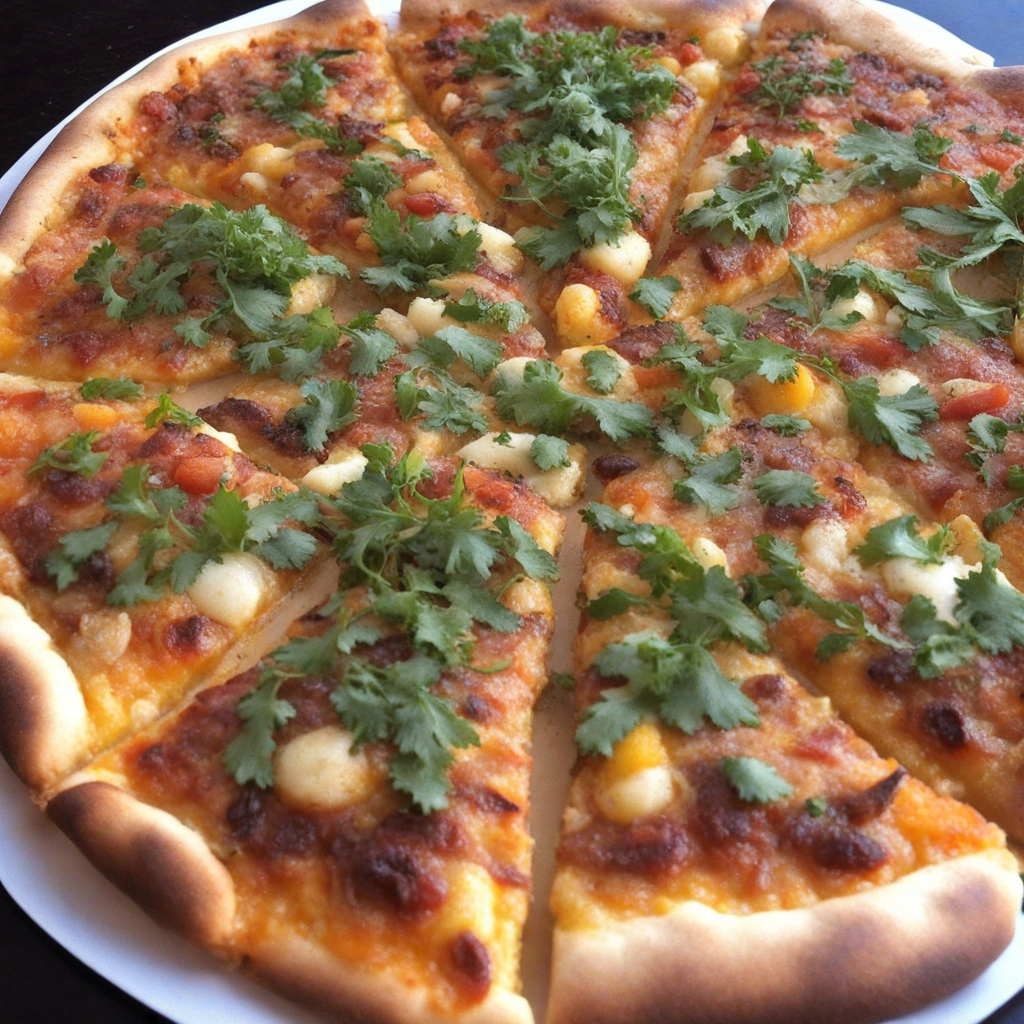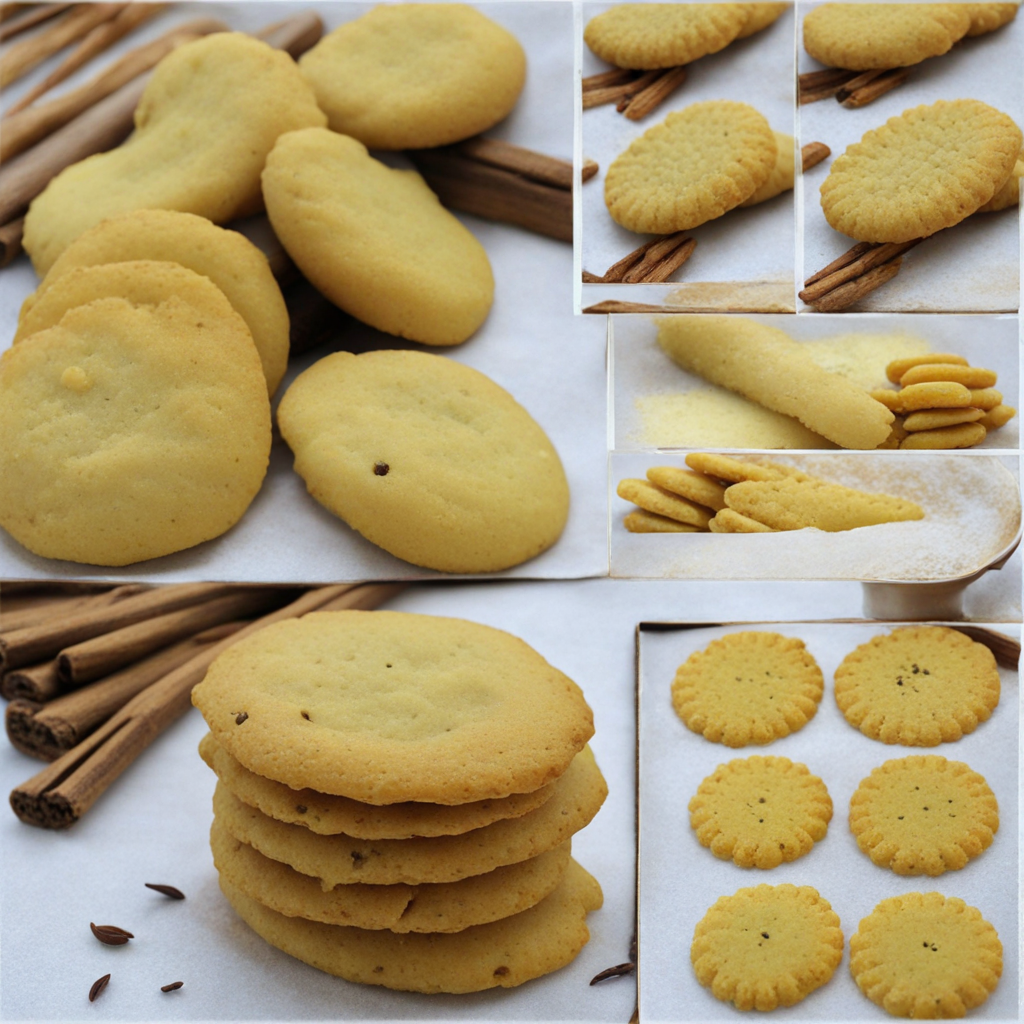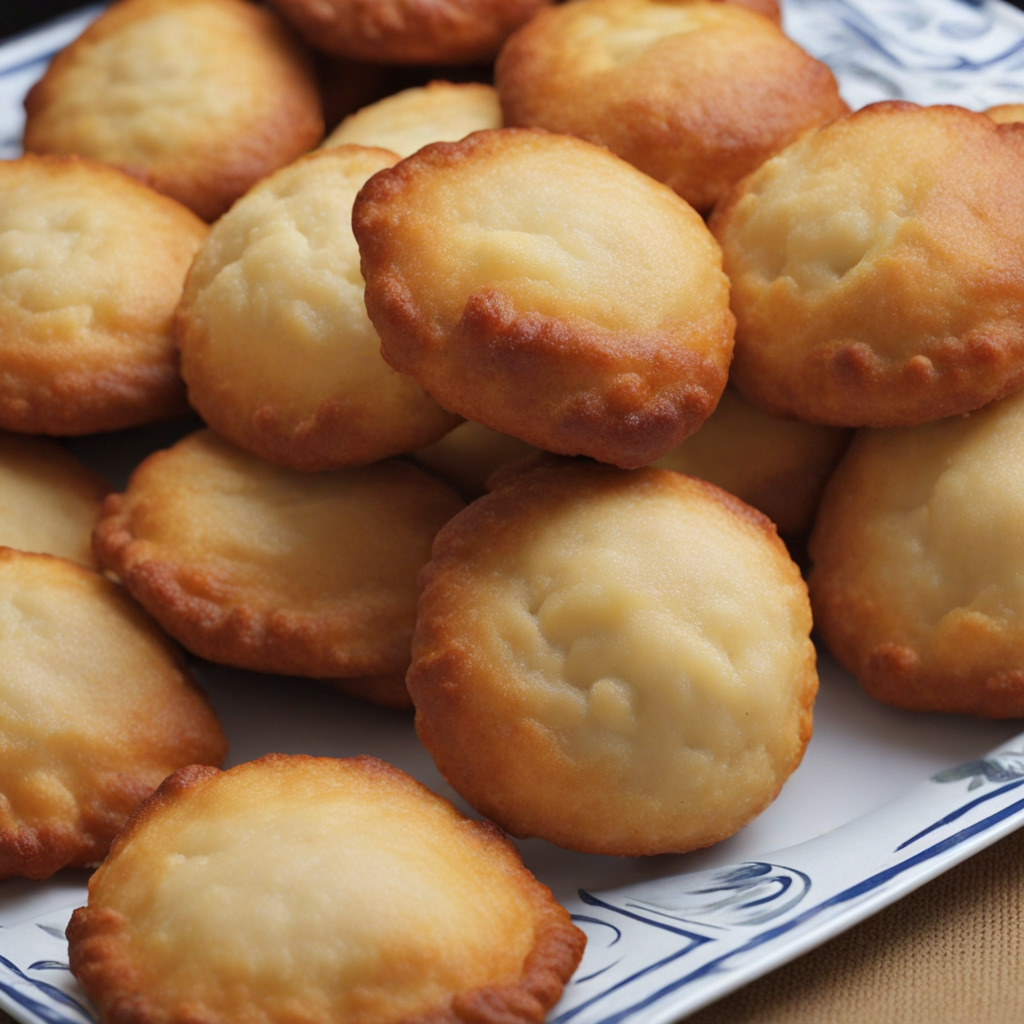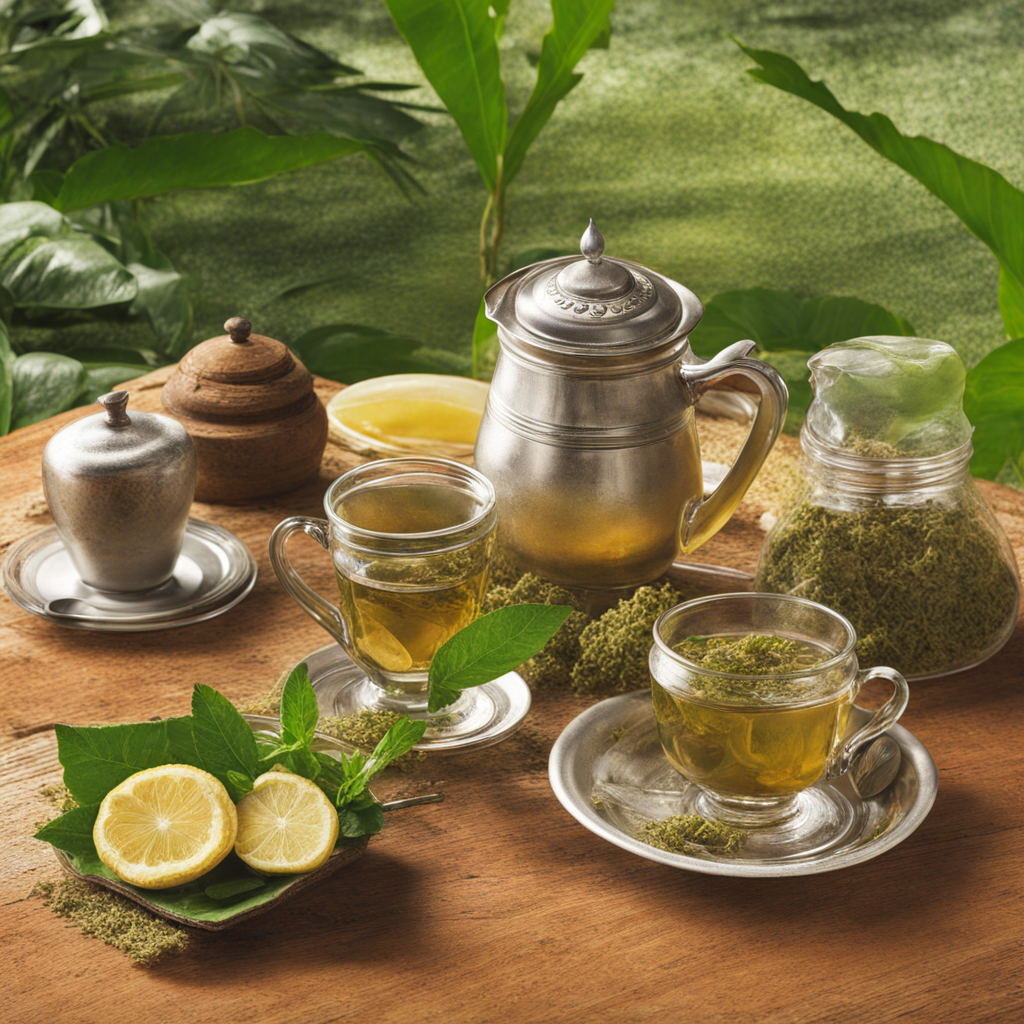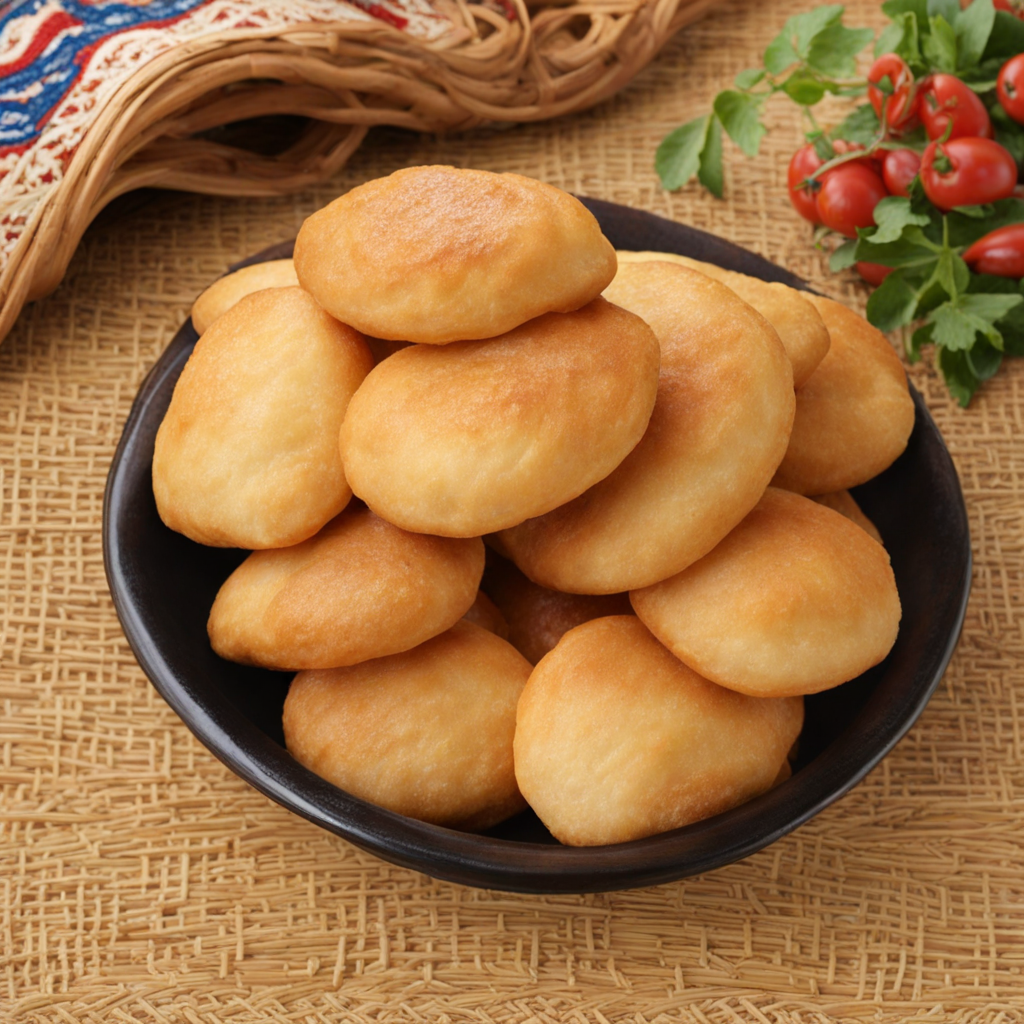Payagua Mascada
Payagua Mascada is a traditional Paraguayan dish that showcases the rich flavors and cultural heritage of the region. It consists primarily of a hearty corn-based dough, known as "masa," which is made with finely ground corn and water, creating a soft and pliable texture. This dough is then filled with a savory mixture of seasoned meats, typically beef or pork, combined with aromatic herbs and spices, lending the dish a depth of flavor that is both comforting and satisfying. The combination of the creamy corn and the savory filling creates a delightful balance that is sure to please the palate. Cooking Payagua Mascada involves wrapping the filled dough in banana leaves, which not only imparts a subtle earthy aroma but also helps to keep the dish moist during the steaming process. The use of banana leaves is a common technique in Paraguayan cuisine, reflecting the country's connection to its natural surroundings. Once steamed, the Payagua Mascada takes on a beautiful, vibrant hue, and the flavors meld together to create a dish that is both hearty and rich, perfect for sharing among friends and family. This dish is often enjoyed during festive occasions and family gatherings, embodying the spirit of togetherness that is cherished in Paraguayan culture. Served warm, Payagua Mascada can be enjoyed on its own or accompanied by a side of fresh salad or a spicy salsa, allowing diners to experience a delightful contrast of flavors. Each bite offers a taste of Paraguay's culinary traditions, making it a must-try for anyone looking to explore new and exciting flavors in their culinary journey.
How It Became This Dish
Payagua Mascada: A Culinary Gem of Paraguay Paraguay, a landlocked nation nestled in the heart of South America, is often overlooked in culinary discussions, overshadowed by its neighbors like Brazil and Argentina. However, within its borders lies a treasure of unique gastronomic heritage, one of the most intriguing being Payagua Mascada. This traditional dish, rich in history and cultural significance, embodies the essence of Paraguayan identity and reflects the blending of indigenous and colonial influences. Origins of Payagua Mascada The roots of Payagua Mascada can be traced back to the indigenous Guarani people, who inhabited the region long before European colonization. The Guarani were skilled agriculturalists, cultivating diverse crops such as maize, beans, and cassava. Their diet was primarily plant-based, supplemented by fish and game. The word "Payagua" itself is derived from the Guarani language, referring to the people of the region and their culinary practices. The term "Mascada," on the other hand, is linked to the method of preparation. It refers to a technique of grinding or mashing, which is a fundamental aspect of various Paraguayan dishes. When combined, Payagua Mascada signifies a meal that reflects the cultural practices of the Guarani and the adaptations made during the colonial period. Colonial influence began in the 16th century when Spanish explorers and settlers arrived in South America. They brought with them new ingredients such as wheat, pork, and dairy products, which would eventually blend with indigenous foods to create a unique culinary tapestry. Payagua Mascada is a prime example of this fusion, showcasing the interplay between indigenous and European flavors. Ingredients and Preparation The main ingredient of Payagua Mascada is typically corn, which holds great significance in Paraguayan culture. Corn is not only a staple food but also plays a vital role in traditional rituals and celebrations. The dish often includes a combination of cornmeal, cheese, and sometimes meat, resulting in a hearty, comforting meal. To prepare Payagua Mascada, corn is soaked and then ground into a fine masa, often using a traditional stone grinder called a "piedra de moler." This process preserves the texture and flavor of the corn, a practice that has remained largely unchanged over centuries. The masa is then mixed with cheese, which can be either fresh or aged, and occasionally with pieces of meat, such as pork or beef. The mixture is formed into patties or cakes and cooked on a griddle or in a pan until golden brown. Cultural Significance Payagua Mascada is more than just a dish; it is a symbol of Paraguayan identity and heritage. It is often served during family gatherings, celebrations, and traditional festivals, acting as a focal point for communal bonding. The dish is associated with the concept of "comida de la tierra" (food of the land), emphasizing the importance of local ingredients and traditional farming practices. In rural communities, Payagua Mascada is often prepared during the harvest season, serving as a way to celebrate the fruits of labor and share them with family and friends. The act of cooking and sharing this dish fosters a sense of unity and belonging, reinforcing the ties between generations. As such, it has become a symbol of resilience and cultural pride among the Paraguayan people. Development Over Time As Paraguay evolved through the centuries, so too did the culinary landscape, including the preparation and perception of Payagua Mascada. In the late 19th and early 20th centuries, Paraguay experienced significant political and social upheaval, particularly during the Paraguayan War (1864-1870). The war devastated the country's population and infrastructure, leading to food shortages and changes in agricultural practices. Despite these challenges, traditional foods like Payagua Mascada endured, adapting to the availability of ingredients and evolving tastes. The dish has seen variations, with some versions incorporating different cheeses or spices to suit regional preferences. As urbanization increased in the late 20th century, Payagua Mascada found its way into city life, being served in restaurants and food stalls, thus reaching a broader audience. The revival of interest in traditional Paraguayan cuisine in recent years has also played a pivotal role in the resurgence of Payagua Mascada. Chefs and food enthusiasts have begun to explore and promote authentic Paraguayan dishes, emphasizing the importance of preserving culinary heritage. This renewed appreciation has led to a deeper understanding of the dish's cultural significance and its role in shaping Paraguayan identity. Modern Interpretations Today, Payagua Mascada continues to hold a cherished place in the hearts and homes of Paraguayans. While traditional recipes remain prevalent, contemporary chefs are experimenting with the dish, incorporating modern techniques and flavors. Some have introduced gourmet twists, using artisanal cheeses and pairing the dish with innovative sauces or salsas, while others emphasize organic and locally sourced ingredients. Food festivals celebrating Paraguayan cuisine often feature Payagua Mascada as a highlight, showcasing its versatility and enduring appeal. It has become a culinary ambassador for Paraguay, allowing chefs to share the rich history and flavors of the region with a global audience. Conclusion Payagua Mascada is not merely a dish; it is a reflection of Paraguay's cultural heritage, resilience, and the blending of indigenous and colonial influences. From its origins among the Guarani people to its role in modern Paraguayan cuisine, it encapsulates the spirit of a nation that has weathered challenges while celebrating its roots. As Paraguay continues to carve out its culinary identity on the world stage, Payagua Mascada stands as a testament to the enduring power of food to unite, nourish, and tell the story of a people.
You may like
Discover local flavors from Paraguay


